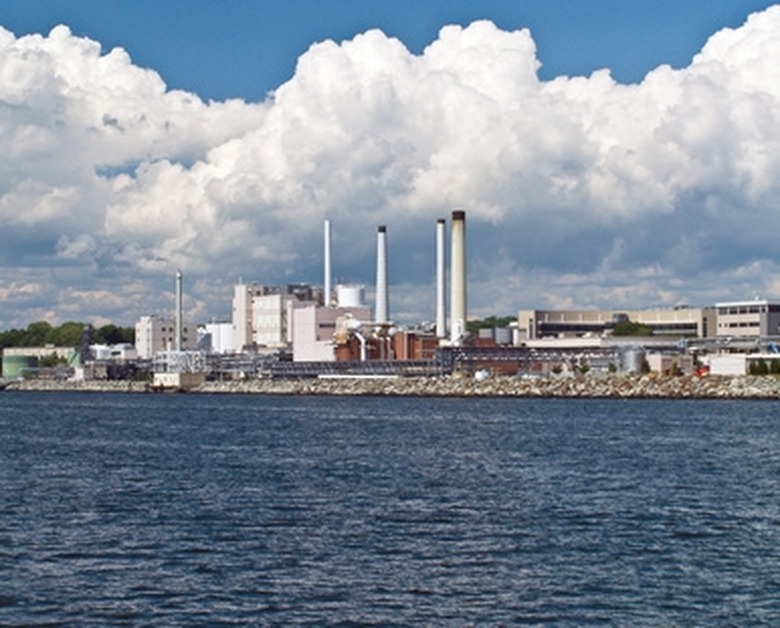How To Distill Used Motor Oil For Diesel Fuel
Oil lasts for thousands of years. Once it is refined and used in our vehicles only to be discarded 3,000 miles later, it is still in a form that will keep for many years. The same technology however that distills motor oil from crude oil is essentially the same technology that distills used oil into diesel fuel. The process to re-refine used motor oil is, according to David Layzell, a scientist for Dominion Oil Refining, easier than refining crude oil. There are several machines that have been created to do just this.
Step 1
Remove the water from the used oil. This is done by pouring the used oil into the high heat chamber and allowing it to settle for a day or two so that the water and other solids that are not part of the oil can float to the surface. The chamber is then heated to 248 degrees Fahrenheit. The water and solids are boiled off and the oil is considered dehydrated.
Step 2
Connect the distillation pipes to the top of the high heat chamber and run the pipe in a downward slant to the cooling chamber. One way to cool these vapors quickly is by inserting the end of the pipe into a container with cool water in it.
Step 3
Distill the Gasoline content first. Heat the chamber to 104 degrees Fahrenheit and the vapors will rise into the distillation pipes and collect in the cooling chamber. Remove the gasoline from the cooling chamber and you are ready for distilling the Kerosene content.
Step 4
Increase the heat to 500 degrees Fahrenheit and repeat the process you did earlier. The Kerosene will condense and fall into the cooling chamber. Pour off the Kerosene product and replace the cooling chamber with a small amount of water inside.
Step 5
Increase the temperature to the boiling point of diesel fuel at about 626 degrees Fahrenheit. The vapors that come from the used oil travel upward into the condensing coil and down into the cooling chamber where the vapors condense into diesel fuel. The fuel floats on top of the water which is then removed to get the diesel fuel out. Pour diesel product into a cleaned high heat chamber and repeat this step to further distill the fuel into a cleaner burning diesel.
Step 6
Increase the heat to 752 degrees Fahrenheit to distill off the remaining components of the used oil. You can distill Lube Oil from the remaining used oil.
Step 7
Wait for the high heat chamber to cool and pour off the remaining contents, this material is a thick sludge tar material that can be used for building roads or in construction.
Things Needed
- High heat container
- Distillation pipes
- Cooling chamber
- Fractional distillation processor
Cite This Article
MLA
Roberts, David. "How To Distill Used Motor Oil For Diesel Fuel" sciencing.com, https://www.sciencing.com/distill-motor-oil-diesel-fuel-7861173/. 24 April 2017.
APA
Roberts, David. (2017, April 24). How To Distill Used Motor Oil For Diesel Fuel. sciencing.com. Retrieved from https://www.sciencing.com/distill-motor-oil-diesel-fuel-7861173/
Chicago
Roberts, David. How To Distill Used Motor Oil For Diesel Fuel last modified March 24, 2022. https://www.sciencing.com/distill-motor-oil-diesel-fuel-7861173/
